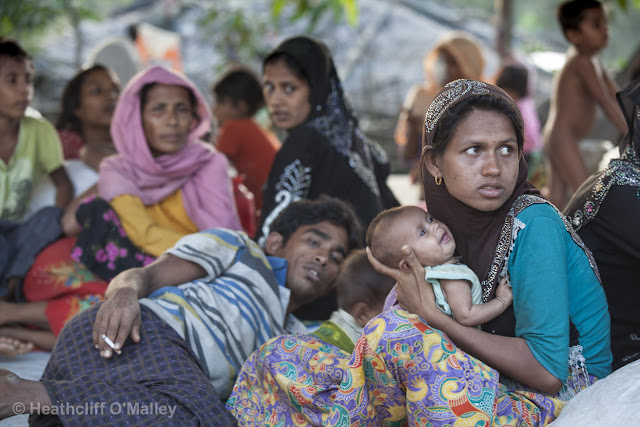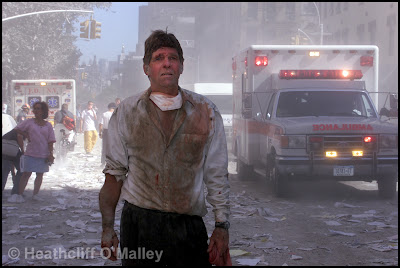I recently visited Bangladesh to work on a story with the Daily Telegraph's reporter Nicola Smith to report on the Rohingya crisis. Since late August of this year over 600,000 of the persecuted muslim ethnic minority in Mynamar have fled into neighbouring Bangladesh after claiming to have had their villages burnt down and relatives and neighbours murdered by Burmese security forces and thugs from the Buddhist majority .

Aid agencies have struggled to meet the demand but have done an incredible job dealing with a string of overlapping refugee camps that now have a population 1.5 times the size of Liverpool at nearly 650,000 . Makeshift homes have been built precariously on terraces of hardened mud and aid workers are deeply concerned about what will happen when the monsoon rains come back again next spring . Of course the Bangladesh government are hoping to have rid themselves of the refugee problem by then and have already struck a deal with Aung San Suu Kyi's government which is still in denial that any atrocities took place during clearance operations against muslim militants in northern Rakhine state . Repatriations in the short term look unlikely , who would want to return to a country so soon after experiencing the trauma of recent months at the hands of a government that is meant to protect them ? In the mean time aid agencies from across the globe often with enormous financial support from the UN work tirelessly to improve living conditions in the camps, digging wells, building latrines, inoculating against killers such as measles and fighting severe malnutrition in infants .

Our main focus was on the plight of Rohingya children and child trafficking , but as always when on a foreign assignment you set off with a wish list but you never really know what you're going to achieve until you are in country . It was heartbreaking speaking to children who lost or had been separated from their entire families . Children had put this trauma to paper in the shape of drawings depicting helicopters raining bullets down on to their villages and burning their homes .

After three days shooting and interviews in the camps a last minute meeting back in the nearby town of Cox's Bazar the night before our departure introduced us to two Rohingya girls who had personally born witness to the awful reality of child trafficking . The two teenagers had been picked up crossing the border and sold as sex slaves, had escaped but now found themselves working in a local " guesthouse" having to sell themselves to survive . It was difficult having to then depart for London knowing that we were leaving these two girls behind to such an awful existence after taking their stories , after twenty years of news gathering it never gets any easier .
Our main points of contact were the UN agencies and Save the Children in the camps but a special note of gratitude has to go to UNICEF who were absolutely incredible and without them much of what we achieved during our assignment would have been impossible without them . If you are looking for anyone to donate to over the winter either of these agencies mentioned are a worthy cause.
Queuing at a food distribution point .
OTP supervisor Mohammed Ridwan taking a an infants measurements whilst checking for malnutrition at a children's clinic run by Save the Children inside the Jamtoli refugee camp.
10 yr old Mohammed Hussein with severe measles , the most extreme case at the ICRC hospital .
Girls studying the Koran at the Saikul Hadis Azizul Hoque Rah Mosque inside the
Kutupalong refugee camp












Comments